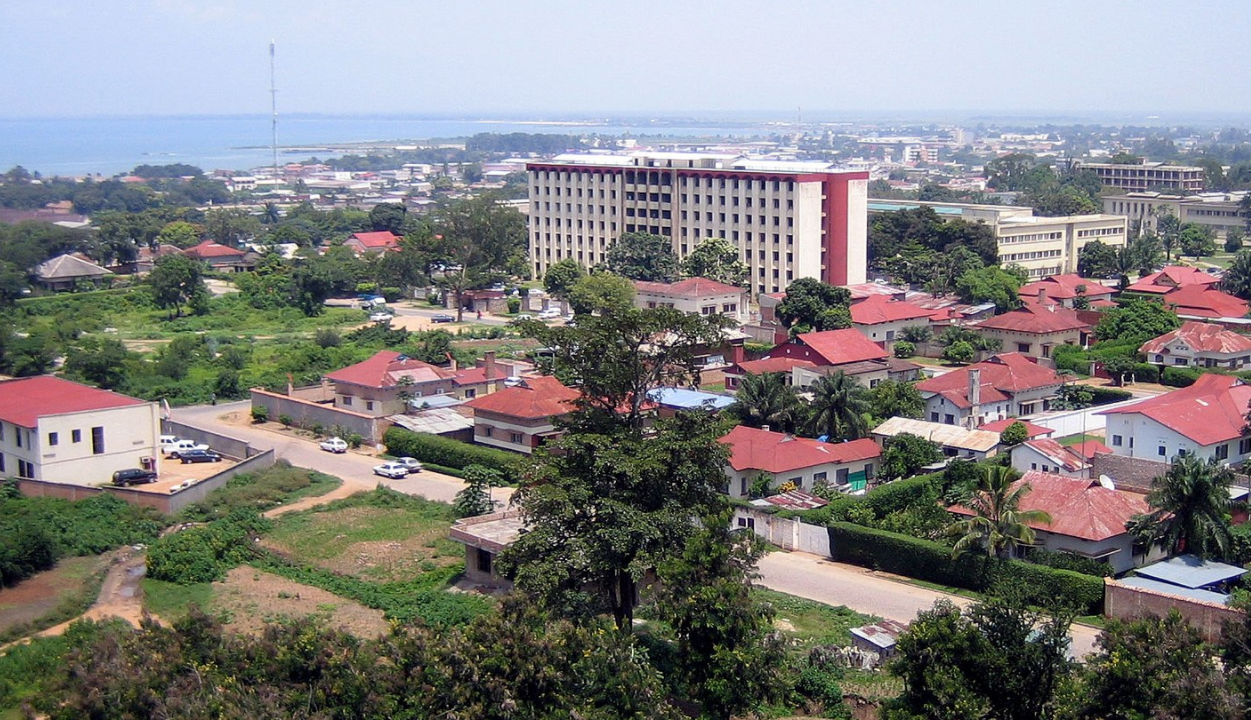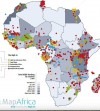In Africa, debt has become less concessional and less multilateral. It is increasingly held by private creditors and emerging bilateral creditors, including China.
Half of the 26 countries in southern and eastern Africa are in debt distress, due in particular to the adverse economic repercussions of covid-19 and the Russian-Ukrainian conflict which forced countries to take on onerous debts, a announced the World Bank on September 16.
“13 of the 26 countries in the region are technically in a situation of over-indebtedness. Which means they are probably unable to meet the repayments owed to their creditors,” said the multilateral financial institution’s vice president for southern and eastern Africa, Victoria Kwakwa, in an interview with on the CNBC Africa television channel.
“The debt structure has changed, and it has become more expensive. This has made the countries of the region more vulnerable”, she added, adding that the stocks of debt of the countries of southern and eastern Africa have become “less concessional, less multilateral in the broad sense, more private and increasingly held by bilateral creditors which are not all Western”.
Victoria Kwakwa notably cited Zambia, Malawi, Ethiopia and Mozambique among the countries struggling with unsustainable debts.
The first African country to default on its external debt during covid-19, Zambia has obtained commitments from its main bilateral creditors on the restructuring of part of its external debts which reached 17, $3 billion by the end of 2021, according to the IMF.
But analysts expect other low-income countries that have borrowed heavily from the debt markets and from some unscrupulous bilateral creditors in recent years to find themselves in a state of insolvency in the coming months. .
According to a study published last July by the British NGO Debt Justice, 35% of the 696 billion dollars of external debts of the African continent are due to Western private lenders against 12% due to Chinese creditors, 39% to multilateral institutions. (World Bank, IMF, ADB etc.) and 13% to other public creditors.





























Réagissez à cet article